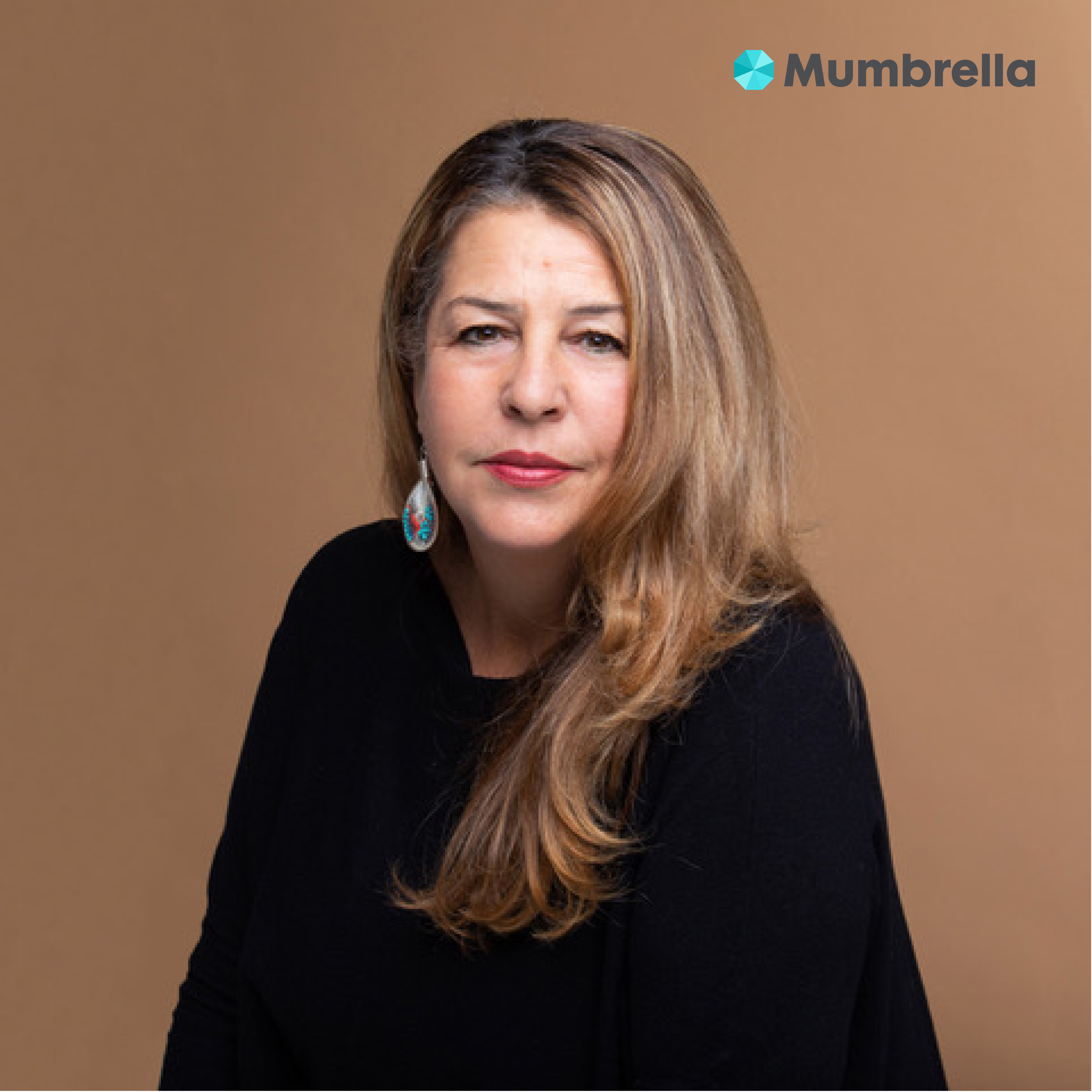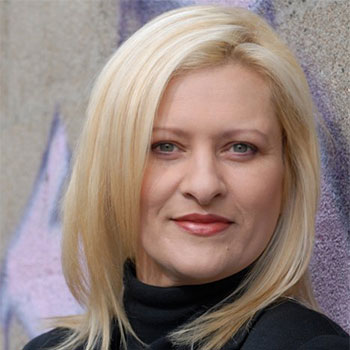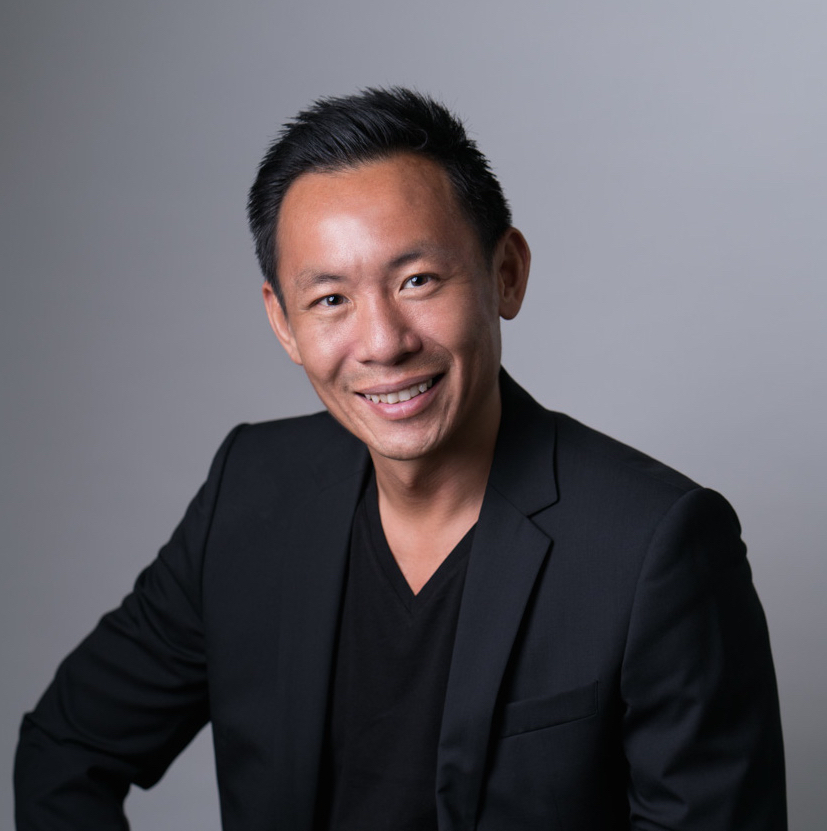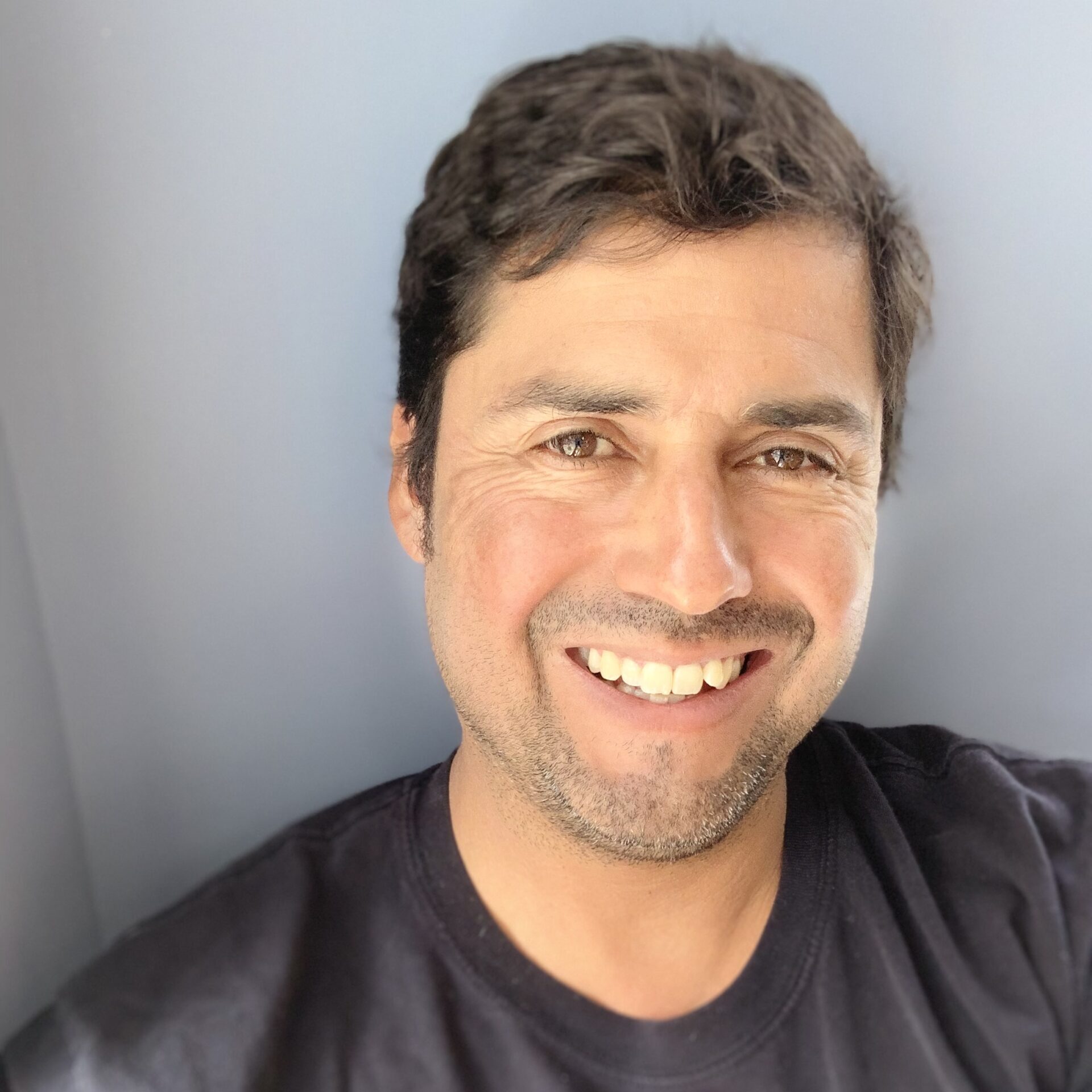
In Conversation with Alison Stieven-Taylor

Freelance journalist and lecturer at Monash University
I started out as a music journalist writing for mags such as Rolling Stone and living in Los Angeles when Australian music was the flavour of the day. My book Rock Chicks is a bestseller and is in its second edition. Writing that book was a labour of love. I feel incredibly fortunate to earn a living through writing. It’s always been part of my life, from the first little book I wrote and illustrated when I was six. Let’s say writing was my calling, not drawing! While I love words I am also passionate about photography. I’ve always carried a camera with me and so photography has been a constant companion. I look at photography as my art and I’ve held a few exhibitions, but largely I photograph for myself. From a journalistic perspective, for the past decade I’ve specialised in writing about photojournalism and social documentary photography for national and international media. For me it’s a natural evolution to combine two things that I feel are integral to my being – photography and writing.
Who or what inspires you?
I’m inspired by people who are doing extraordinary work, photojournalists who put their lives on the line to tell important stories from conflict zones; people who aren’t afraid to speak out and stand up for what they believe; and those who see the beauty in humanity despite the horrors they may have witnessed. I truly have the best job in the world as I get to talk to people from all walks of life and ask questions, which suits my curious nature. Apparently one of my first words was ‘why’ and I’m still seeking answers! I’m interested in most things and boredom is a foreign concept to me. Being in nature inspires me also. Walking amongst trees or along a deserted beach is a form of mediation for me. When I’ve had enough of hearing and seeing stories that are distressing, I head out of the city to restore my equilibrium.
Who has been your favourite interview to date and why?
It’s a hard call to make when I’ve interviewed hundreds of amazing people, but there are two that really stand out. Paolo Pellegrin (Magnum Photos) introduced me to photojournalism so I have a soft spot for my interview with him, which was at 5am! He was in Jordan and I in Melbourne. He told me he wasn’t worth getting up that early for, which was the understatement of the century. We spoke about his extraordinary body of work, As I Was Dying, and after that there was no turning back. And then there’s Sebastião Salgado. I was so nervous about that interview. He’s like the Mick Jagger of photojournalism! But he’s such an incredibly humble man. I was to interview him about his eight-year project Genesis, a remarkable project that captures the most pristine and remote places on the planet, as well as the last tribes living traditionally. But our conversation ranged across a number of topics and also encompassed the work he and his wife were doing in Brazil, reclaiming the rain forest around his family’s farm. He spoke of how after years of documenting humankind’s worst moments he felt his spirit was dying and so he returned to his homeland to heal and in the process healed the land itself. It was a mind-blowing interview that was capped off by meeting him in person in Paris a few months later.
Tell us what you are currently working on?
At the moment I am deep in research for my PhD on social reform photography and every spare minute I have I am reading, making notes and drafting copy. In the past couple of months I’ve read 150 books! The PhD is an intense undertaking and I’m also still freelancing and teaching. In the past month I’ve interviewed some inspirational photographers for a series of articles for the French journal L’Oeil de la Photographie (The Eye of Photography). I’ve also penned a review for Pro Photo magazine on this year’s fabulous Head On Photo Festival in Sydney (May) and am about to head over the ditch to cover the Auckland Festival of Photography (June). I’m also lecturing on journalism at Monash University. I love teaching and sharing my experiences with the next generation of scribes. This semester I’ve had a cohort of 70 students – that’s a lot of marking! So it’s a very full calendar, but I wouldn’t have it any other way.
Where do you see the profession of journalism heading?
This is a really interesting question and one that is being debated around the globe. The digital media landscape has changed the ballgame completely and corporatised media is struggling to find an economic model that works. While some are thriving, like the New York Times, in Australia, as we know, the industry is being decimated. But I am an eternal optimist. The mass communication model on which journalism was founded is being challenged and with that comes amazing opportunities to engage in meaningful conversations with audiences in new ways. Journalism and photojournalism may well find a way to exist beyond the corporate model. People need news and they need professionals to tell them what’s going on. While I think this is a time of liberation for the profession, journalists still need to make a living. No one has come up with a solution yet, but the talk is still revolving around these mega news corporations. We need a new way of thinking about how we create and disseminate news and information. In part, that’s what my PhD is exploring. When I have the answer I’ll be happy to share it!
Share it around…






